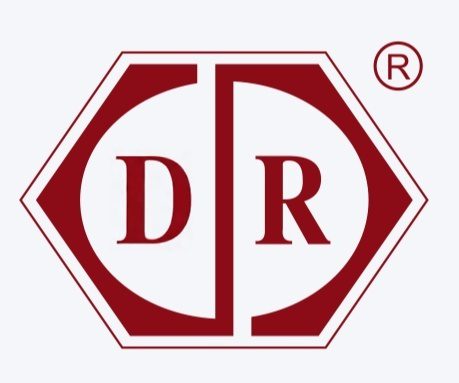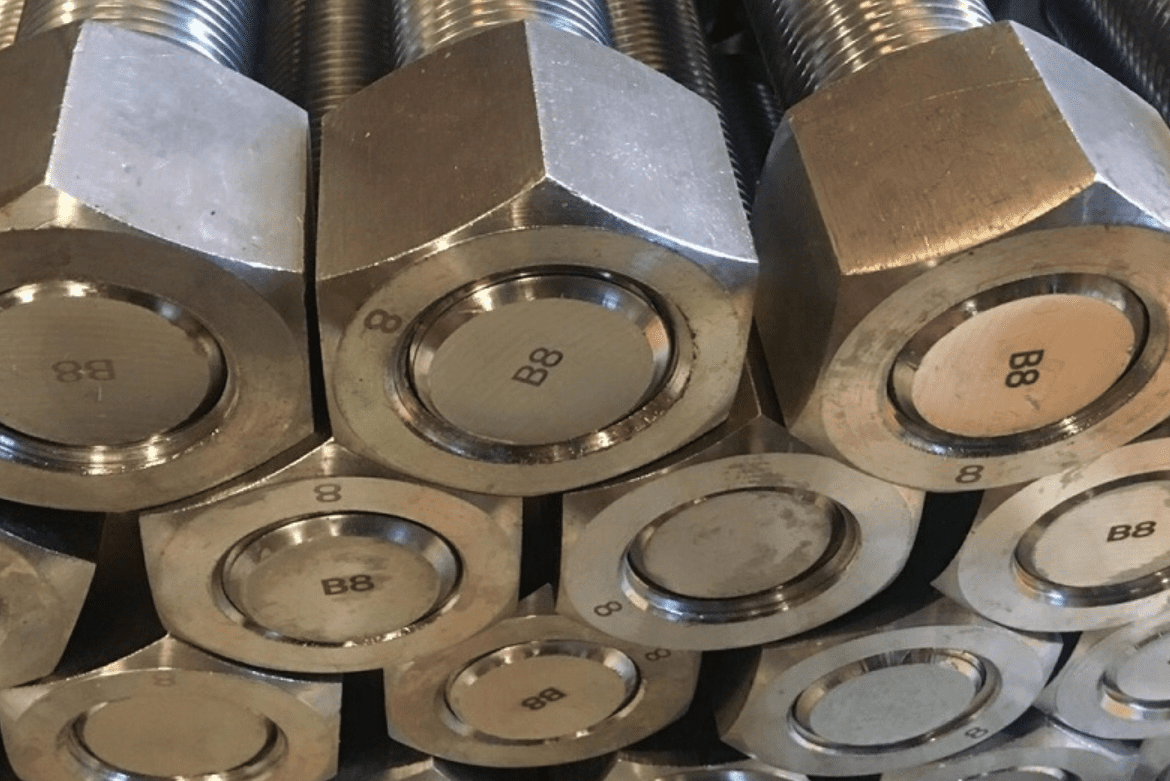Hastelloy C276 and C22 are both corrosion-resistant high-temperature alloys. C276 is widely used in corrosive environments and contains nickel, chromium and molybdenum. C22 has better corrosion resistance and is more widely used, but its high-temperature use is limited. Both have excellent mechanical properties and processability.

What is the difference between Hastelloy C276 and C22?
The main difference between Hastelloy C22 and C276 is that Hastelloy C22 is important because of its enhanced versatility and excellent resistance to chloride pitting, while Hastelloy C276 is important because it has demonstrated performance in a wide range of corrosive chemicals.

What is Hastelloy C276?
Alloy C276 is a nickel-chromium-molybdenum solid solution strengthened high temperature alloy that is considered the most versatile corrosion resistant alloy with a nominal chemical composition of 57% nickel, 16% chromium, and 16% molybdenum with additions of iron, tungsten, and cobalt. It is often referred to by the trade name Hastelloy® C276 and the generic name UNS N10276. C276 is often used in extremely corrosive environments that other alloys cannot withstand. Hastelloy C276 exhibits excellent resistance to strong solutions of oxidizing salts such as ferric chloride and cupric chloride.





